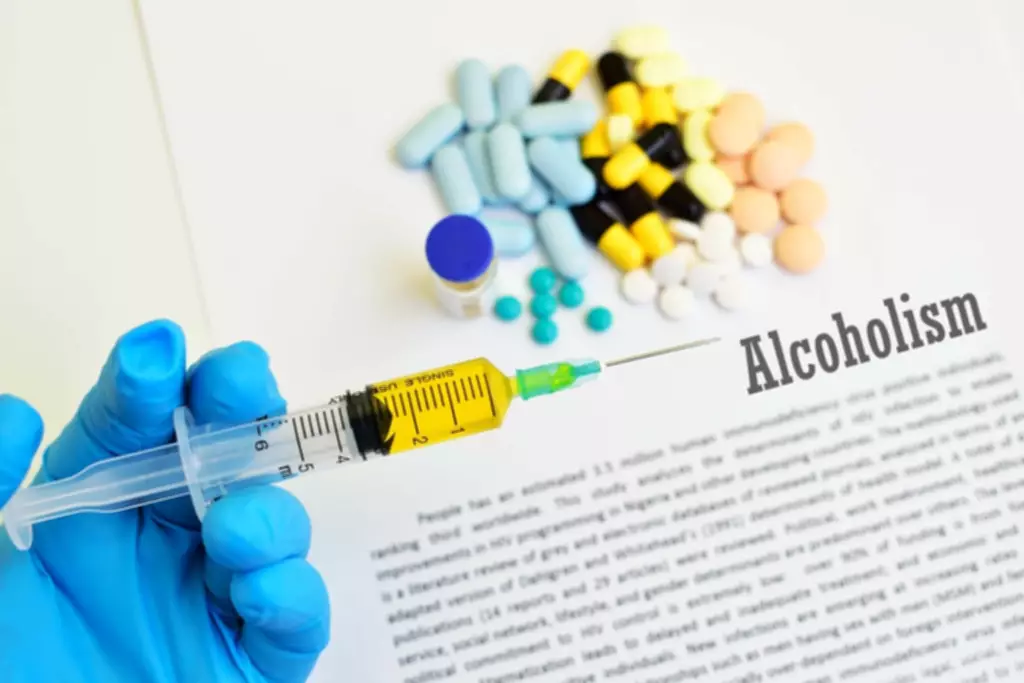
This can cause the alcohol levels to remain high and stay in the baby’s body longer. Using the information that is available, the Centers for Disease Control (CDC) and other scientists estimate less than 2 cases of FASD in every 1,000 live births in the United States. When researchers look at the whole spectrum of disorders (FASD), the frequency may be as high as 1 to 5 out of every 100 kids in the U.S. and Western Europe. Standard scores are presented for the WISC-IV; mean number of correct responses is presented for the CVLT-C.
What’s in the future for a child with Fetal Alcohol Syndrome?

At Acibadem, healthcare professionals from various disciplines work together to deliver holistic care for individuals with FAS facial characteristics. This collaborative approach involves specialists in genetics, pediatrics, neurology, plastic surgery, and other relevant fields. By combining their expertise, they create customized treatment strategies that address the unique needs of each patient. Fetal alcohol syndrome occurs when a pregnant woman consumes alcohol, which then passes through the placenta and affects the developing fetus.
- Fetal Alcohol Syndrome (FAS) can result in a variety of facial abnormalities and dysmorphology that are characteristic of this condition.
- This reduced growth caused heat maps of average FAS and PFAS faces to be almost monochromatic.
- Specific deformities of the head and face, heart defects, and intellectual disability are seen with fetal alcohol syndrome (FAS).
- The profile morph highlighted flat nasal bridge and malar region, short nose, philtral groove convexity, and retrognathia.
- The signature graph using controls for normalization of 107 exposed individuals provided a panorama of facial dysmorphism across the fetal alcohol spectrum.
Father’s Alcohol Consumption Before Conception Linked To Brain And Facial Defects In Offspring
- This is because a woman could get pregnant and not know for up to 4 to 6 weeks.
- And as the baby continues to develop in the womb, it’s damaging to drink at any time during pregnancy.
- Ethanol-induced apoptosis results in the massive elimination of millions of CNCC that would otherwise have played an important role in normal facial development.
To learn more about the symptoms of FASDs, a person can speak with a healthcare professional. They can determine whether an individual’s symptoms meet the criteria for an FASD diagnosis. People with FAS may have distinctive facial features, which range from small eye openings to a flat nose bridge. Long-term problems in children with FASDs may include psychiatric problems, gang and criminal behavior, poor socialization, unemployment, and incomplete education.

Find a research study
Thus, 3D face photography is becoming more widely available with the potential to support 3D face shape analysis. Fetal alcohol syndrome (FAS) is the most severe fetal alcohol spectrum disorder. These are a group of conditions present at birth that can happen when a pregnant person drinks alcohol. Alcohol use during pregnancy causes life-long issues that can be very serious.
- The portrait morph emphasized reduced zygomatic and gonial width, inner canthal folds, increased nose width, and philtral smoothness, especially adjacent to the columella.
- Because early diagnosis may help lessen the risk of some challenges for children with fetal alcohol syndrome, let your child’s healthcare professional know if you drank alcohol while you were pregnant.
- International adoption from some countries may have a higher rate of alcohol use by pregnant mothers.
- Specialists could be a developmental pediatrician, child psychologist, or clinical geneticist.
Signs and symptoms

Red/blue/green–filled nodes represent FAS/PFAS/HE individuals, respectively. C, Alternative form of B where FAS and PFAS nodes are red and HE nodes are green. HE individuals in close proximity to FAS/PFAS aggregation are depicted by squares, not circles. The effects of ethanol exposure on mouse and chick embryos have been studied extensively to determine the developmental series of events responsible for these facial abnormalities. The period of cellular vulnerability in these models corresponds to the human gestational stage between three and six weeks after fertilization, that is, from around the time neurulation begins. Cranial neural crest cells (CNCC) are the embryonic population drunken fetal syndrome of cells most sensitive to the exposure of ethanol during this critical developmental period.
- Prevention of prenatal alcohol exposure and FAS facial features begins with education and awareness.
- The FAS/PFAS individuals clustered, almost entirely, at one end of the graph, with 28 individuals with HE, whereas the remaining individuals with HE clustered at the opposite end.
- Individuals with FAS may experience social and emotional difficulties.
- FAS symptoms include distinctive facial features, lower-than-average height and weight, and problems with brain and nervous system development.
- These unique facial features can serve as visual indicators for healthcare professionals in diagnosing FAS and understanding its impact on individuals’ overall development.
- When a person drinks alcohol during pregnancy, it acts as a toxin and interferes with the normal growth and development of the brain and body of the developing infant.
Learning
As children with FAS mature, they may have Sober living house difficulty performing in school, keeping jobs, and maintaining healthy relationships. Therefore, early diagnosis and treatment are important to help maximize a child’s potential. Early diagnosis is important so intervention programs can be started such as speech therapy, physical therapy, and special assistance in school. Counseling and treatment programs can also help women struggling with alcohol abuse. Understanding FAS and having the support of professionals and other parents of Fetal Alcohol Syndrome children with FAS can help families cope with and manage the symptoms of FAS. Any amount of alcohol during pregnancy can cause fetal alcohol syndrome.


Timely diagnosis allows for early intervention services that can help mitigate the effects of FASD on cognitive development, behavior, and overall quality of life. These interventions may include speech therapy, occupational therapy, behavioral interventions, and educational support. If you are pregnant and can’t stop drinking alcohol, ask your obstetrician, primary care doctor or other healthcare professional for help. A social worker can direct you to community programs that offer help, for example, Alcoholics Anonymous. Infants with FAS often are irritable, overly sensitive to noise, behind in their development, have trouble eating and sleeping, have too little or too much muscle tone, and don’t like to be held. If a child exhibits these symptoms or the other problems mentioned above and the mother drank alcohol during her pregnancy, a trained medical professional can evaluate the child for FAS.
